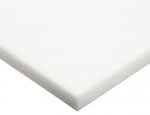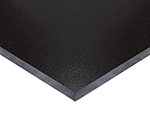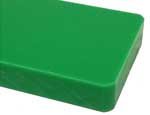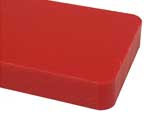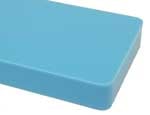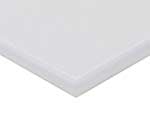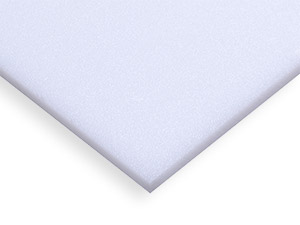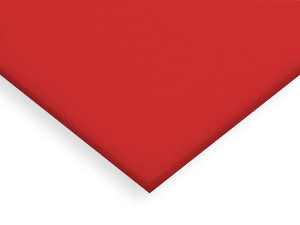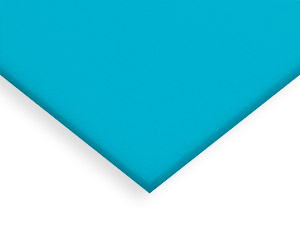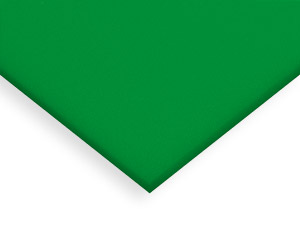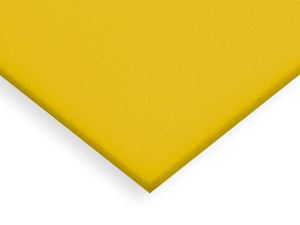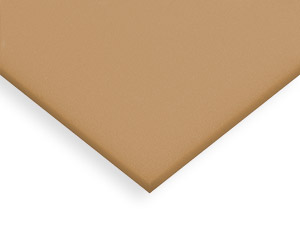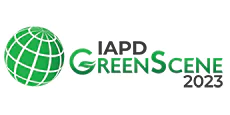
HDPE cutting board is engineered for durability, low maintenance and safety.
A black HDPE cutting board designed for direct & indirect food contact applications.
A red HDPE cutting board designed for direct & indirect food contact applications.
A blue HDPE cutting board designed for direct & indirect food contact applications.
A green HDPE cutting board designed for direct & indirect food contact applications.
A yellow HDPE cutting board designed for direct & indirect food contact applications.
A beige HDPE cutting board designed for direct & indirect food contact applications.

